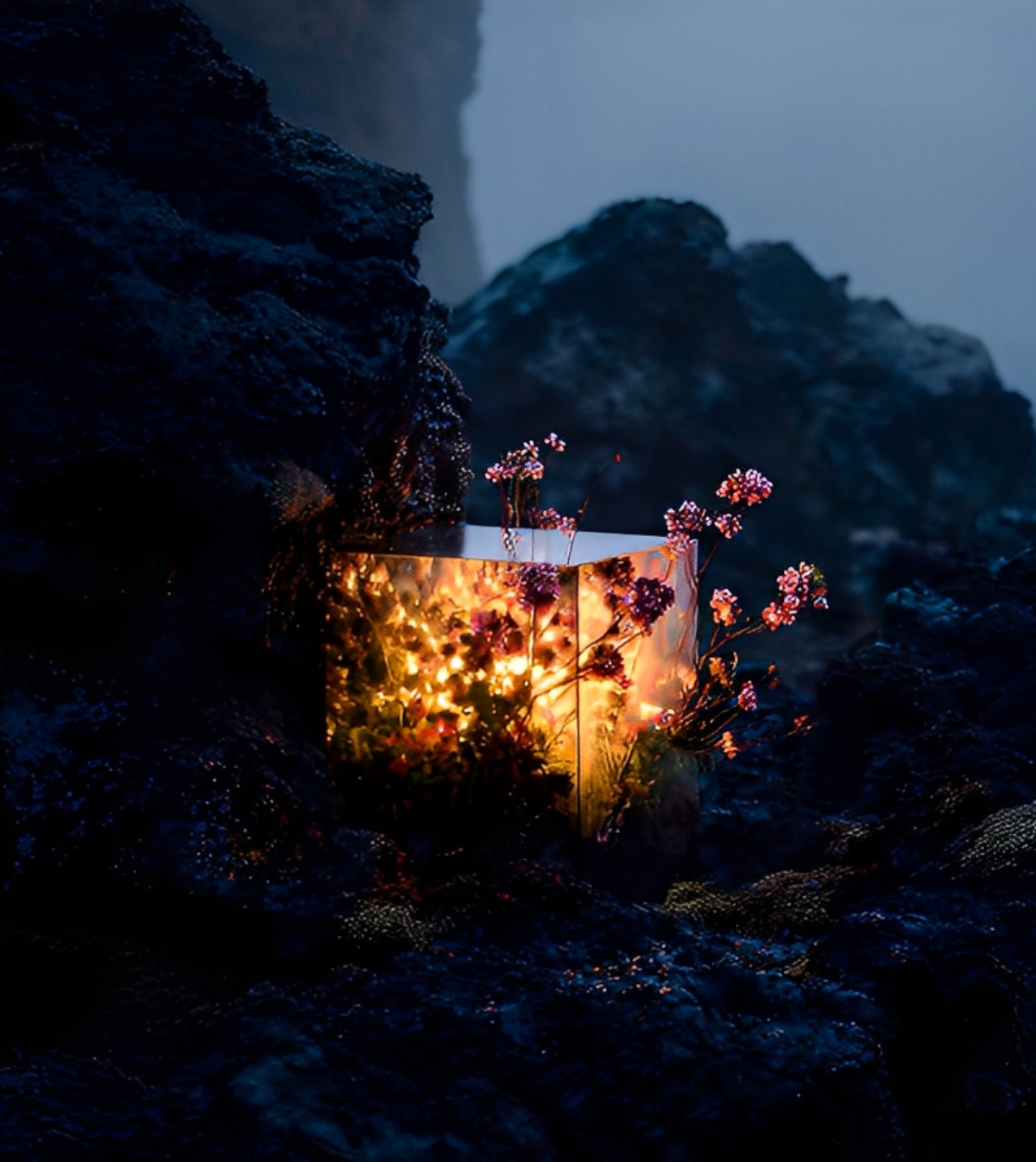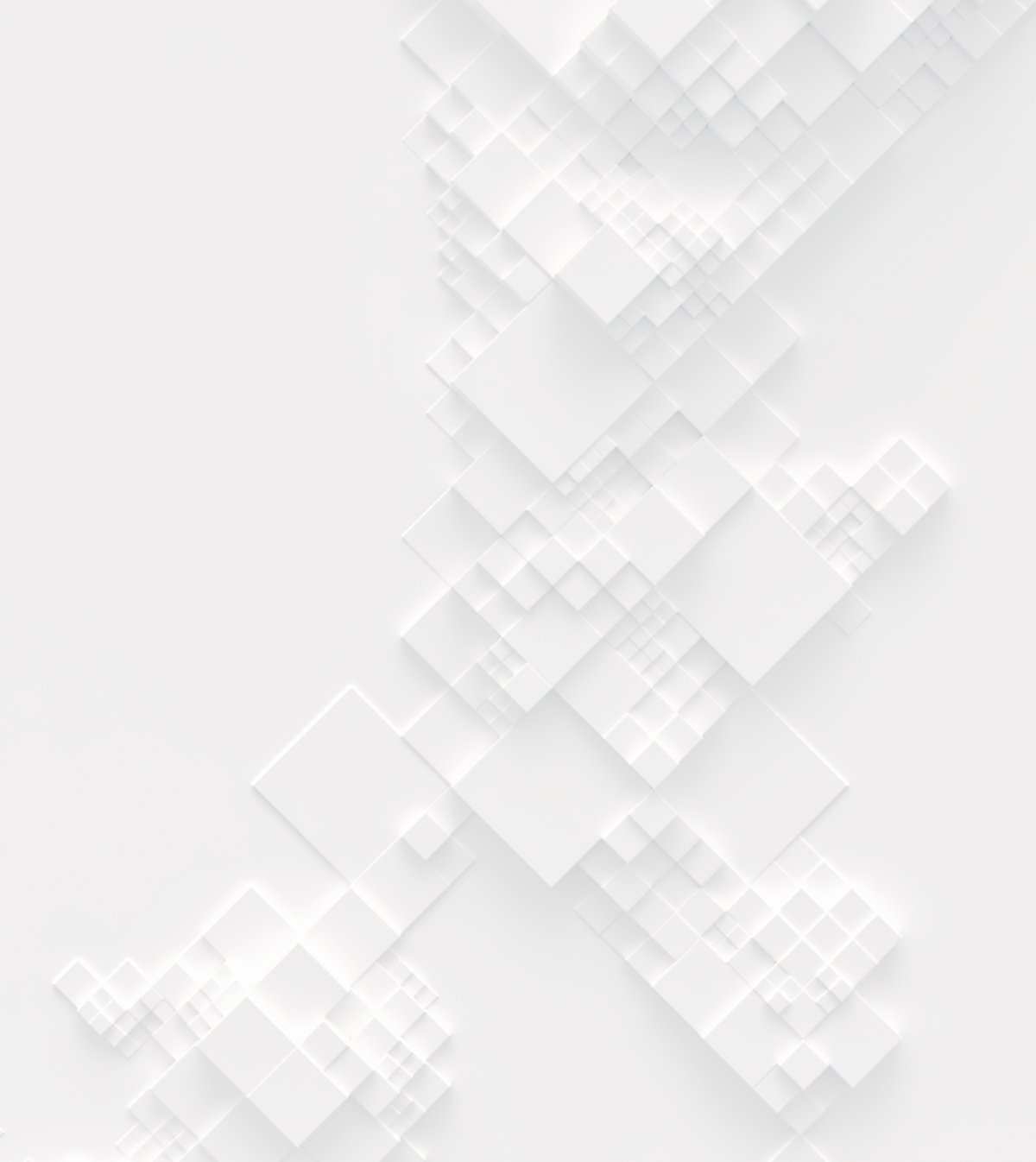It’s hard to remember a time when there wasn’t a coffee shop perched on every corner. With the boom of coffee culture in the late 90s, mornings seem unbearable without the support of a caffeine kick. Emulating the cosmopolitan New York lifestyle of shows like Friends, Seinfeld, and Sex and the City, ambiance-inspired cafés that encourage its customer to linger were a big step away from the greasy spoons of yesteryear. 
With the boom of coffee culture in the late 90s, mornings seem unbearable without the support of a caffeine kick
Coffee culture was then further cemented by the emergence of the digital age, when workers were freed from their desks and took to working from any coffeeshop with a strong WiFi signal and an even stronger Arabica blend. And despite what the US sitcoms would have you believe, Americans are not the biggest coffee drinkers in the world. The Times recently mapped the world according to coffee consumption per capita, with Finland taking the top spot averaging 12 kg of coffee per person per year. Their fellow Scandinavians Norway, Denmark, Iceland, and Sweden all also appearing in the top 10. 
Finland taking the top spot averaging 12 kg of coffee per person per year
The Big Tiny Coffee House Challenge is asking participants to design a coffee shop kiosk that could be replicated in capital cities across Northern Europe. We are looking for iconic designs that can be easily constructed and transported, while at the same time being sophisticated enough to have the potential to become a recognised landmark in their own right.
The kiosk should accommodate one barista and be suitable for all weather conditions.
Download full competition brief for more information!
ELIGIBILITY:
Competition is open to all. No professional qualification is required. Design proposals can be developed individually or by teams (4 team members maximum).
LANGUAGE:
- Correspondence with organizers must be conducted in English.
- All information submitted by participants must be in English.

Competitions
Resources
GET INSPIRED
- Buildner
- Architecture competitions
- The Big Tiny Coffee House Challenge
International Design Competition
The Big
Tiny Coffee
House
Challenge
Edition #1













